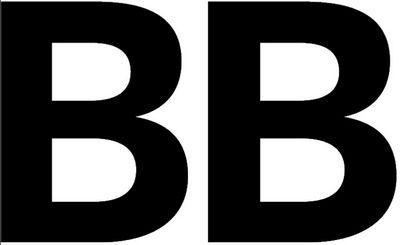For most cutting activities, the safest method is to use a large, sharp blade and to keep your off-hand close to, or even touching, the knife blade.
Which is the exact opposite of what you’d expect.
A small paring knife doesn’t seem as scary as a 10″ chef’s knife. But when used properly, the tip of a long knife can be anchored on the cutting board, allowing the knife to rock back-and-forth in a very controlled manner. That’s something that can’t be done with a smaller knife, which almost necessarily remains free at all times.
Similarly, a dull knife requires extra force and leverage from the user, which can easily lead to a dangerous position. On the other hand, a sharp knife can be used with the proper strokes and doesn’t require much force, which allows for more precise movements.
Finally, most people intuitively want to keep their fingers as far away from the blade as possible. But the safest technique for most cuts is actually to rest the knife blade against the knuckle on the off-hand while assuring that the item being cut is secured using a “claw” grip. By keeping the knife against the knuckle and keeping all fingertips are behind this knuckle, it becomes almost impossible to get cut.
Admittedly, I’m far from being a professional chef, and I highly recommend that you do significant research and use common sense before trying any new cutting techniques.
But, more than anything, each of these points highlights the main misperception regarding knife use (along with many other avenues in life).
Safety isn’t about eliminating the danger. It’s about controlling the situation.
-Brandon
